Related Research Articles

Andrea Palladio was an Italian Renaissance architect active in the Venetian Republic. Palladio, influenced by Roman and Greek architecture, primarily Vitruvius, is widely considered to be one of the most influential individuals in the history of architecture. While he designed churches and palaces, he was best known for country houses and villas. His teachings, summarized in the architectural treatise, The Four Books of Architecture, gained him wide recognition.

Scipione Ammirato was an Italian author, philosopher and historian who lived during the Renaissance. He is regarded as an important figure in the history of political thought.
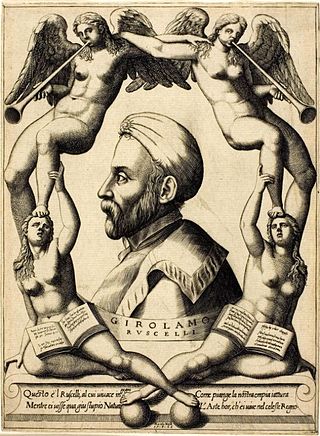
Girolamo Ruscelli (1518–1566) was an Italian Mathematician and Cartographer active in Venice during the early 16th century. He was also an alchemist, writing pseudonymously as Alessio Piemontese.
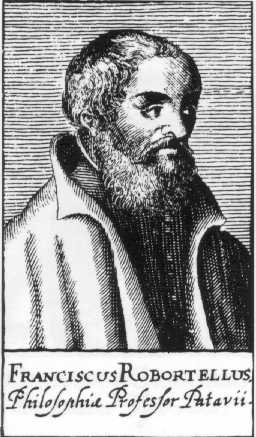
Francesco Robortello was a Renaissance humanist, nicknamed Canis grammaticus for his confrontational and demanding manner.

The Italian War of 1551–1559 began when Henry II of France declared war against Holy Roman Emperor Charles V with the intent of recapturing parts of Italy and ensuring French, rather than Habsburg, domination of European affairs. The war ended following the signing of the Treaty of Cateau-Cambrésis between the monarchs of Spain, England and France in 1559. Historians have emphasized the importance of gunpowder technology, new styles of fortification to resist cannon fire, and the increased professionalization of the soldiers.

Giovanni Bona de Boliris was an Italian humanist poet and writer, who wrote in Latin and Italian.

Giovanni Andrea dell'Anguillara was an Italian poet. His verse translation of Ovid's Metamorphoses was often reprinted and has been highly praised by italian critics; a partial translation of Virgil's Aeneid enjoyed less success. Anguillara also wrote the comedy Anfitrione, and the tragedy Edippo, based on Seneca's Oedipus and on Sophocles' Oedipus Rex.
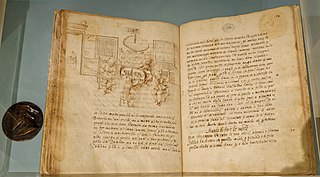
Cipriano di Michele Piccolpasso was a member of an Italian patrician family of Bologna that had been settled since the mid-fifteenth century in Castel Durante, which was an important center for the manufacture of maiolica. Today he is remembered for writing Li tre libri dell'arte del vasajo, which are a storehouse of information on the techniques of maiolica from the choice of clays and their refinement, the shaping of the body, the composition of the glazes, to the preparation of the colors. The work "is now widely accepted as the first comprehensive account of the manufacture of any kind of pottery ever produced in Europe".
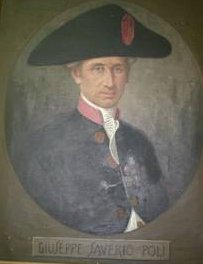
Giuseppe Saverio Poli was an Italian physicist, biologist and natural historian.
Books of secrets were compilations of technical and medicinal recipes and magic formulae that began to be printed in the sixteenth century and were published continuously down to the eighteenth century. They constituted one of the most popular genres in early modern scientific publishing. The books of secrets contained hundreds of medical recipes, household hints, and technical recipes on metallurgy, alchemy, dyeing, making perfume, oil, incense, and cosmetics. The books of secrets supplied a great deal of practical information to an emerging new, middle-class readership, leading some historians to link them with the emerging secularistic values of the early modern period and to see them as contributing to the making of an ‘age of how-to.’
Francesco Portinaro was an Italian composer and humanist of the Renaissance, active both in northern Italy and in Rome. He was closely associated with the Ferrarese Este family, worked for several humanistic Renaissance academies, and was well known as a composer of madrigals and dialogues.

Tito Vespasiano Strozzi was an Italian Renaissance poet at the Este court of Ferrara, who figures as an interlocutor in Angelo Decembrio's De politia litteraria.

Julius Caesar Capaccio was a learned Italian humanist of the 17th century. A civic humanist, in 1602 he was appointed secretary of the city of Naples.

Celio Secondo Curione was an Italian humanist, grammarian, editor and historian, who exercised a considerable influence upon the Italian Reformation. A teacher in Humanities, university professor and preceptor to the nobility, he had a lively and colourful career, moving frequently between states to avoid denunciation and imprisonment: he was successively at Turin, Milan, Pavia, Venice and Lucca, before becoming a religious exile in Switzerland, first at Lausanne and finally at Basel, where he settled. He was famous and admired as a publisher and editor of works of theology and history, also for his own writings and teachings, and for the wide sphere of his friendships and correspondence with many of the most interesting reformists, Protestants and heretics of his time, though his energetic influence was at times disruptive. The imputation of antitrinitarianism is very doubtful. Curio published under the Latin form of his name, but scholarship has adopted the Italian form.
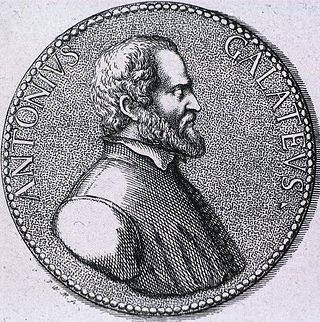
Antonio de Ferraris, also known by his epithet Galateo, was an Italian scholar, academic, doctor and humanist, of Greek descent.
Accademia often refers to:

Giovanni Antonio Giobert also known as Jean-Antoine Giobert was an Italian chemist and mineralogist who studied magnetism, galvanism, and agricultural chemistry. He introduced Antoine Lavoisier's theories to Italy, and built a phosphorus-based eudiometer sufficiently sensitive to measure atmospheric carbon dioxide and oxygen. He identified the correct composition of the mineral Gioberite, a form of magnesite (MgCO3) found in the Piedmont area. He was made a knight (Cavaliere) for his work on the chemistry of indigo dyes.

Giovanni Dolfin was an Italian Catholic Cardinal, writer and playwright, Patriarch of Aquileia from 1657 to his death.
Gabriele Zinani was an Italian poet, playwright, and political theorist.
References
- ↑ De' secreti del reuerendo donno Alessio Piemontese, prima parte, diuisa in sei libri, In Venetia: per Sigismondo Bordogna, 1555.
- ↑ W. Eamon, Science and the Secrets of Nature: Books of Secrets in Medieval and Early Modern Culture (Princeton: Princeton University Press, 1994).
- ↑ W. Eamon, "Science as a Hunt", Physis 31 (1994), 393-432.
- ↑ Gaetano Melzi. Alessio Piemontese, in Dizionario di opere anonime e pseudonime di scrittori italiani o come che sia aventi relazione all'Italia. Milano, L. di G. Pirola, 1848. vol. I (A-G), p. 32 .
- ↑ G. Ruscelli, Secreti nuovi (Venice, 1567).
- ↑ W. Eamon and F. Paheau, “The Accademia Segreta of Girolamo Ruscelli: A Sixteenth Century Italian Scientific Society,” Isis 75 (1984): 327 42